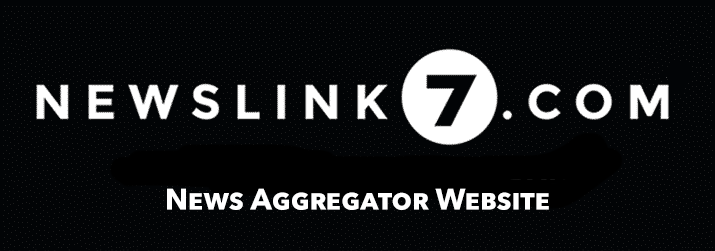In a significant political shift, Iranian voters turned out in greater numbers than in recent elections to elect Masoud Pezeshkian, a reformist candidate, as president. Pezeshkian campaigned on a platform of re-engaging with the West and relaxing the country’s strict moral codes, particularly those affecting women.
Increased Turnout Reflects Desire for Change
Facing a stark choice between cautious reform and hard-line conservatism, liberal voters overcame previous disillusionment to participate in a runoff election. This election marked the first time in two decades that a reformist candidate has taken office, with Pezeshkian securing over 53% of the vote against his hard-line opponent, Saeed Jalili. Official results from the Interior Ministry showed a turnout of 49.8%, a notable increase from the 40% seen in the initial election.
Pezeshkian’s Agenda for Iran
Masoud Pezeshkian, a 69-year-old surgeon, now faces the challenge of navigating Iran’s complex political landscape. He aims to manage a struggling economy and address an increasingly dissatisfied population that has frequently protested over the past decade. Pezeshkian has pledged to revive the 2015 nuclear deal, which involved lifting international sanctions in exchange for restrictions on Iran’s nuclear program. Additionally, he plans to limit the activities of the morality police, who enforce strict dress codes for women, and resist internet restrictions.
Constraints on Presidential Power
Despite his reformist agenda, Pezeshkian must operate within a tightly controlled political system. Presidential candidates require approval from a conservative-dominated body, and Supreme Leader Ali Khamenei holds ultimate authority over policy decisions. While the government allows competitive presidential elections to appear responsive and maintain public engagement, significant decisions, especially regarding security and military matters, remain under the control of Khamenei and the Islamic Revolutionary Guard Corps.
Role of the President
As Iran’s second-highest-ranking official, the president influences economic policies and appoints a cabinet that shapes decisions in various sectors, including foreign affairs and the strategic oil industry. However, the president’s power is limited, with the parliament and the supreme leader having the ability to block decisions.
Pezeshkian’s election signifies a potential shift in Iran’s domestic and international policies, reflecting the citizens’ desire for change and greater engagement with the global community. His presidency will be closely watched as he seeks to implement his reformist agenda in a challenging political environment.



